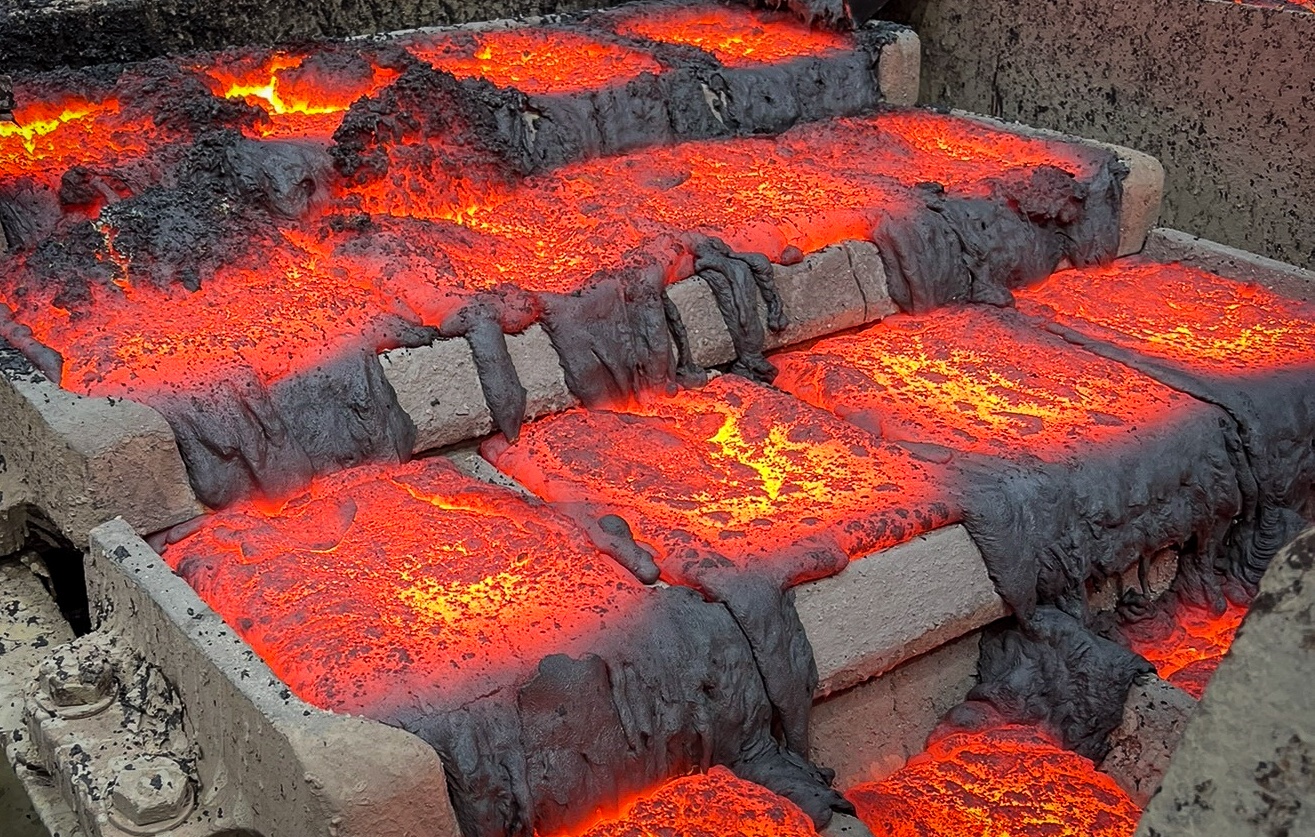In a paper published in the Journal of the American Chemical Society, the scientists explain that hydride ion (H–) conductors are expected to be used in chemical reactors and energy storage systems. However, the low H– conductivity at room temperature normally introduces certain technical limitations.
But according to the Tokyo Tech team, such limitations can be overcome with their innovation which involves preparing and characterizing a hydrogen-rich lanthanum hydride, with the chemical formula “LaH3−2xOx.” This preparation shows an H– conductivity that is higher by three orders of magnitude when compared with the best conductors available. Their trick was to control the concentration of oxygen in LaH3−2xOx.
The researchers used a two-step process. The high-density LaH3−2xOx pellet prepared using the first high-pressure synthesis step had a large amount of hydrogen deficiency. Next, the researchers exposed these pellets to hydrogen gas atmosphere at 400 degrees Celsius for 10 hours to fill the hydrogen vacancy. It resulted in the formation of “LaH2.8O0.1,” a novel material showing high ionic conductivity even at room temperature.
“Our study was driven by the idea that minimizing the amount of substituted O2− used to suppress the electronic conduction in LaH3−y should ideally make fast H− conduction in LaH3−2xOx at room temperature possible,” Hideo Hosono, senior author of the study, said in a media statement.
Hosono pointed out that, interestingly, the hydrogen-rich LaH3−2xOx also exhibited a low activation barrier—an energy hurdle that it must overcome to successfully function as an efficient ionic conductor. In terms of the actual measurement, this low activation barrier was somewhere between 0.3 and 0.4 eV.
“Moreover, the low activation barrier was independently confirmed using computerized simulations. The simulations also showed that the H– ions far from O2− ions were highly mobile and some of them travelled long distances by knocking each other out, suggesting the presence of strong repulsive Coulombic interactions ideal for fast H– conduction,” the expert said.
In Hosono’s view, hydrogen-rich LaH3−2xOx is a promising candidate for next-generation hydrogen carriers and can promote fossil fuel replacement.




